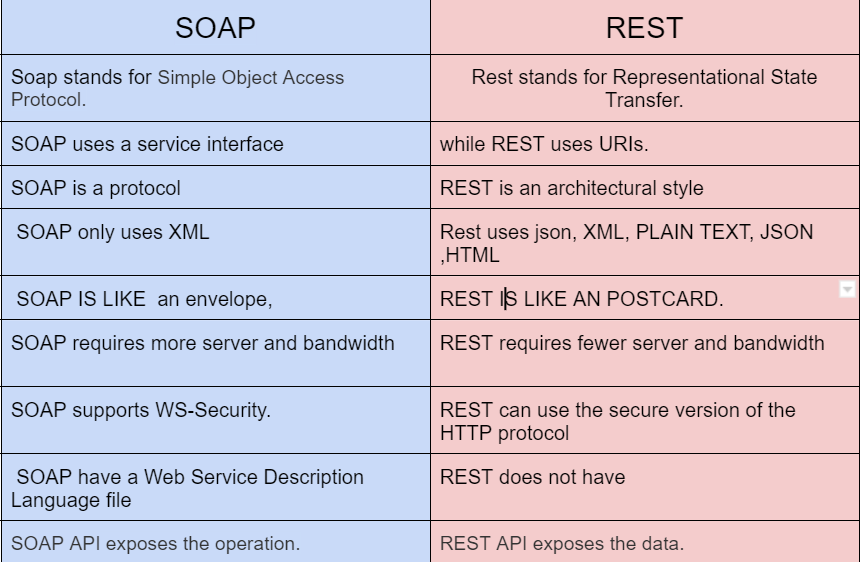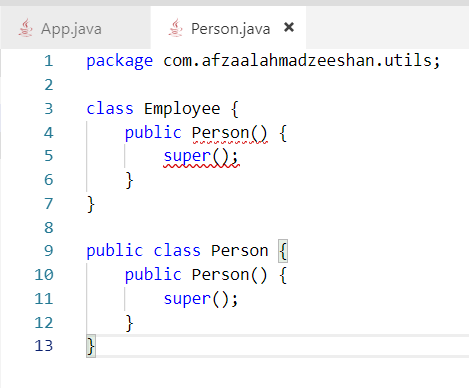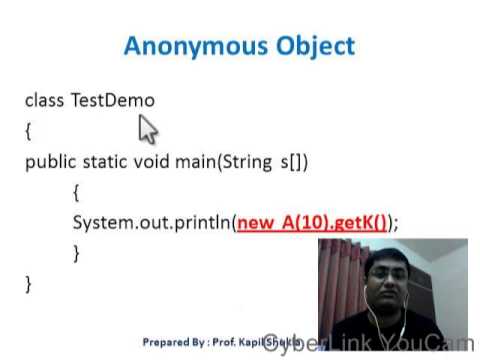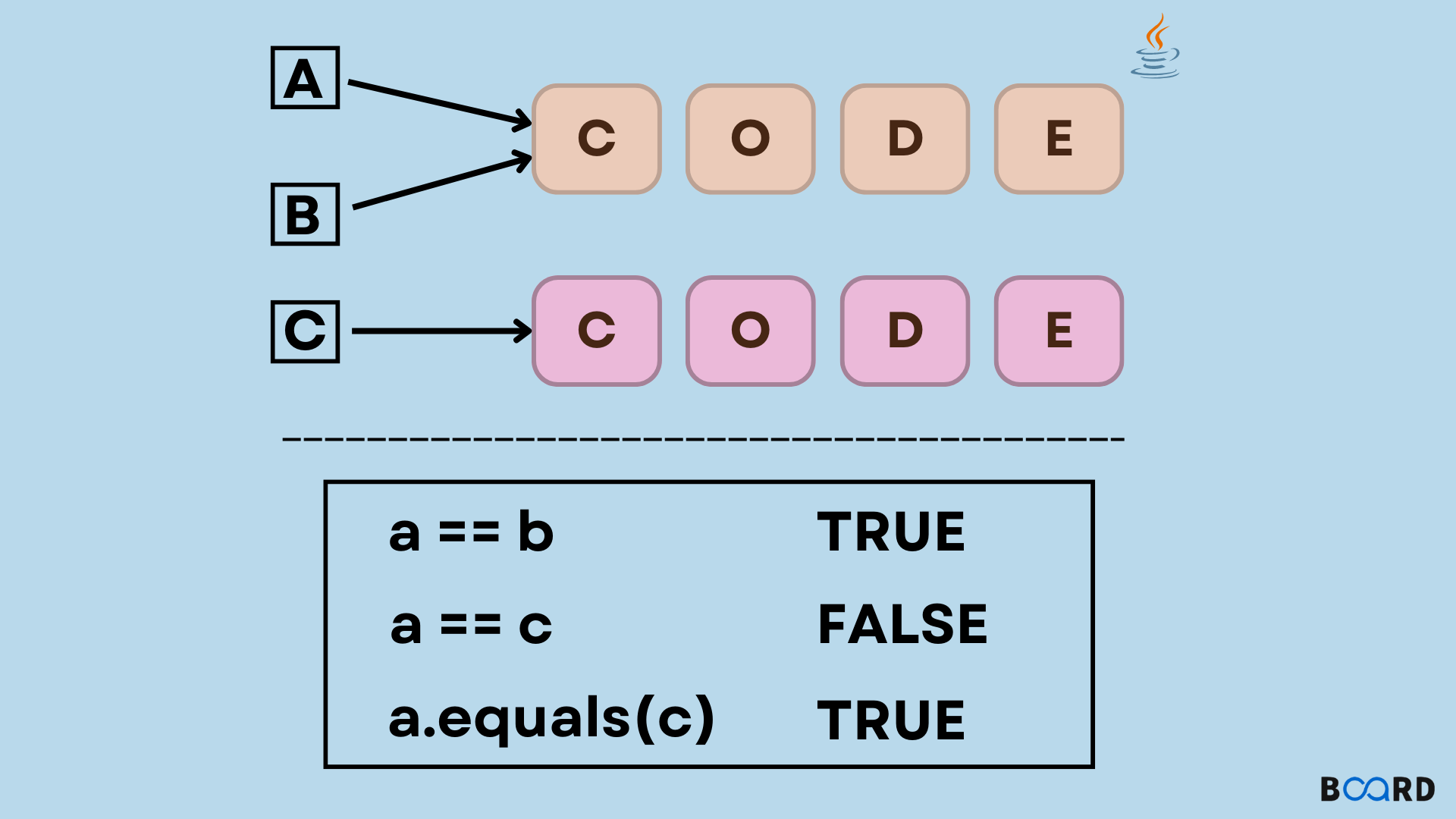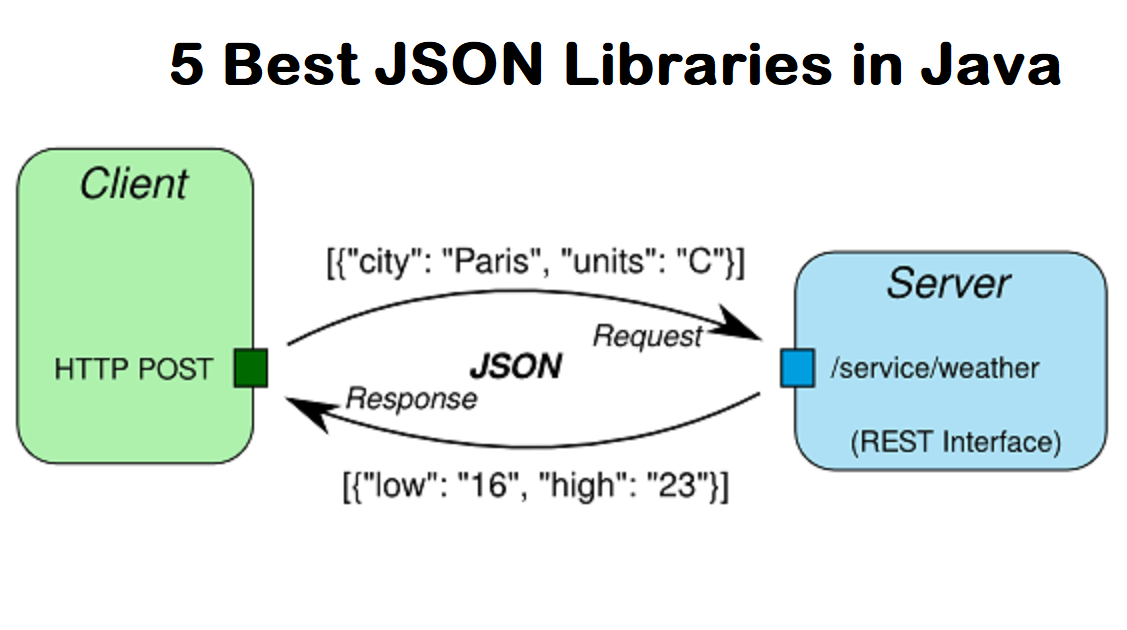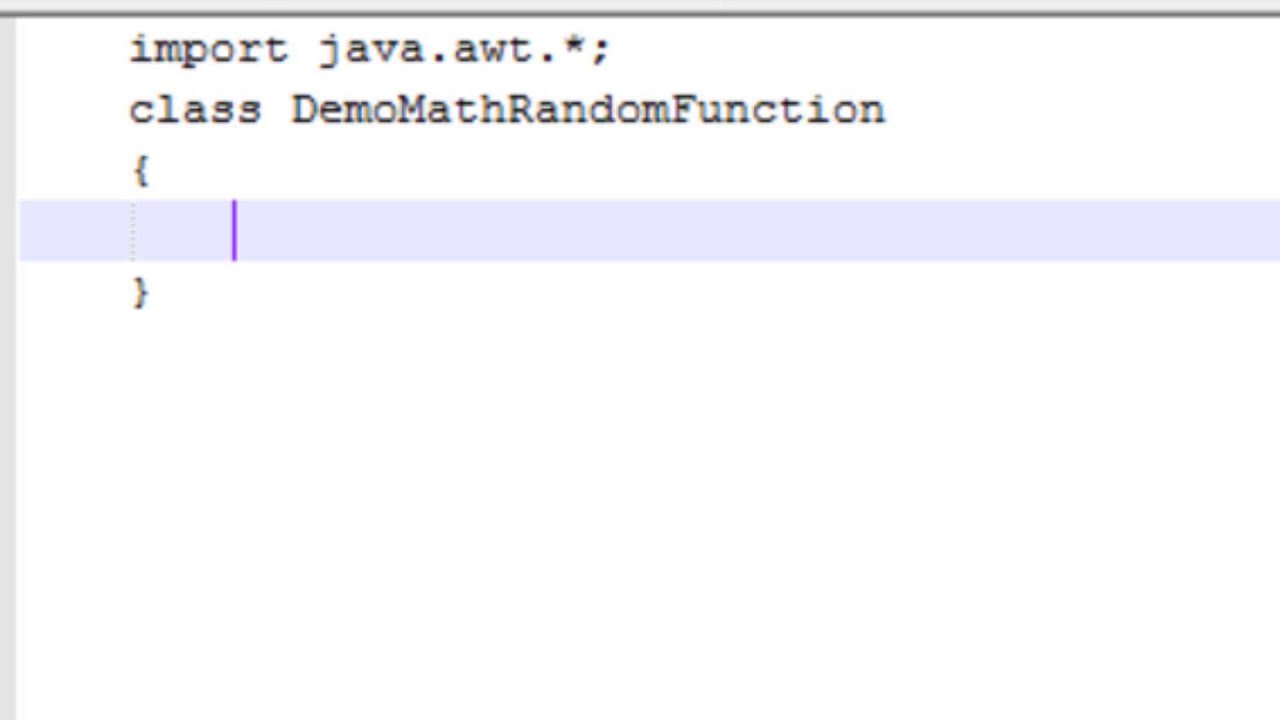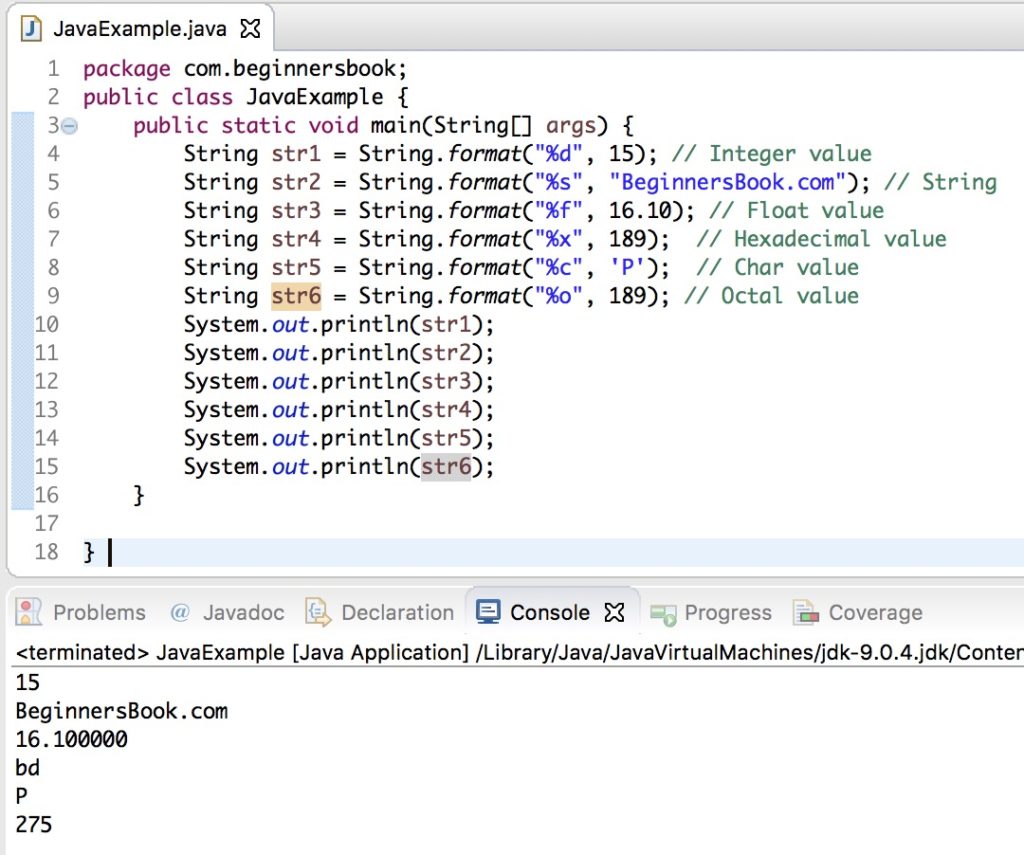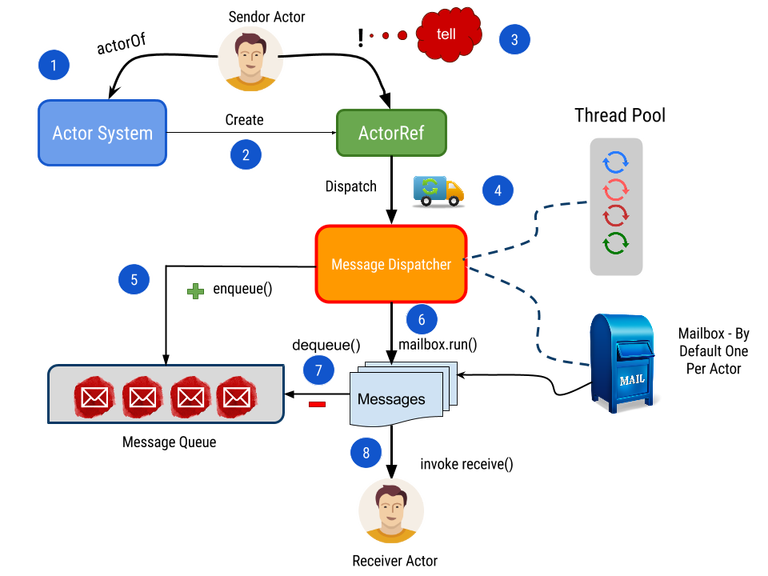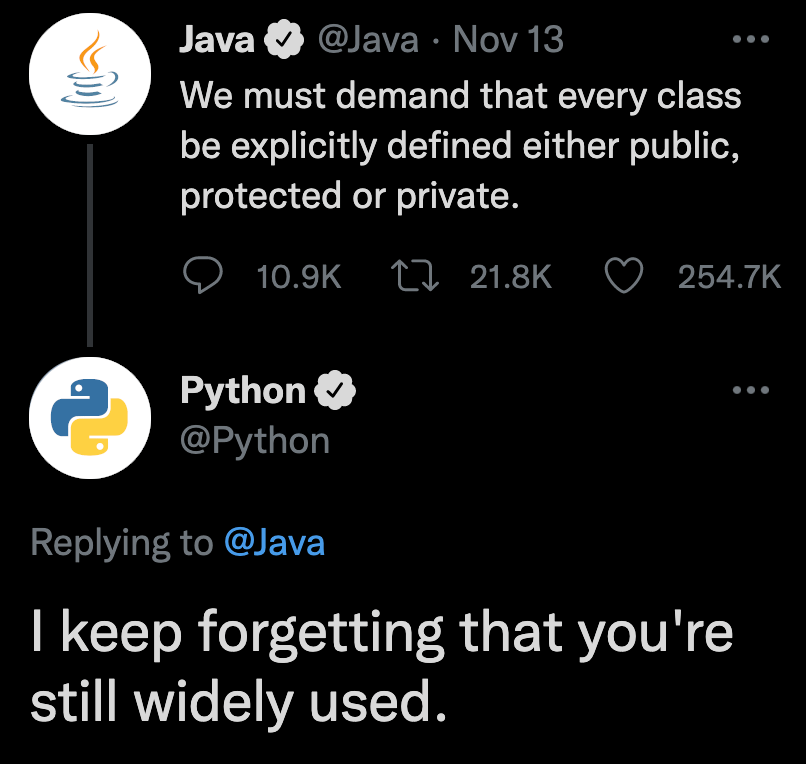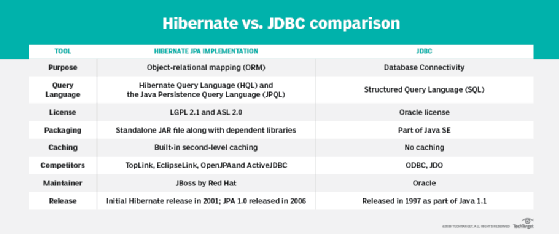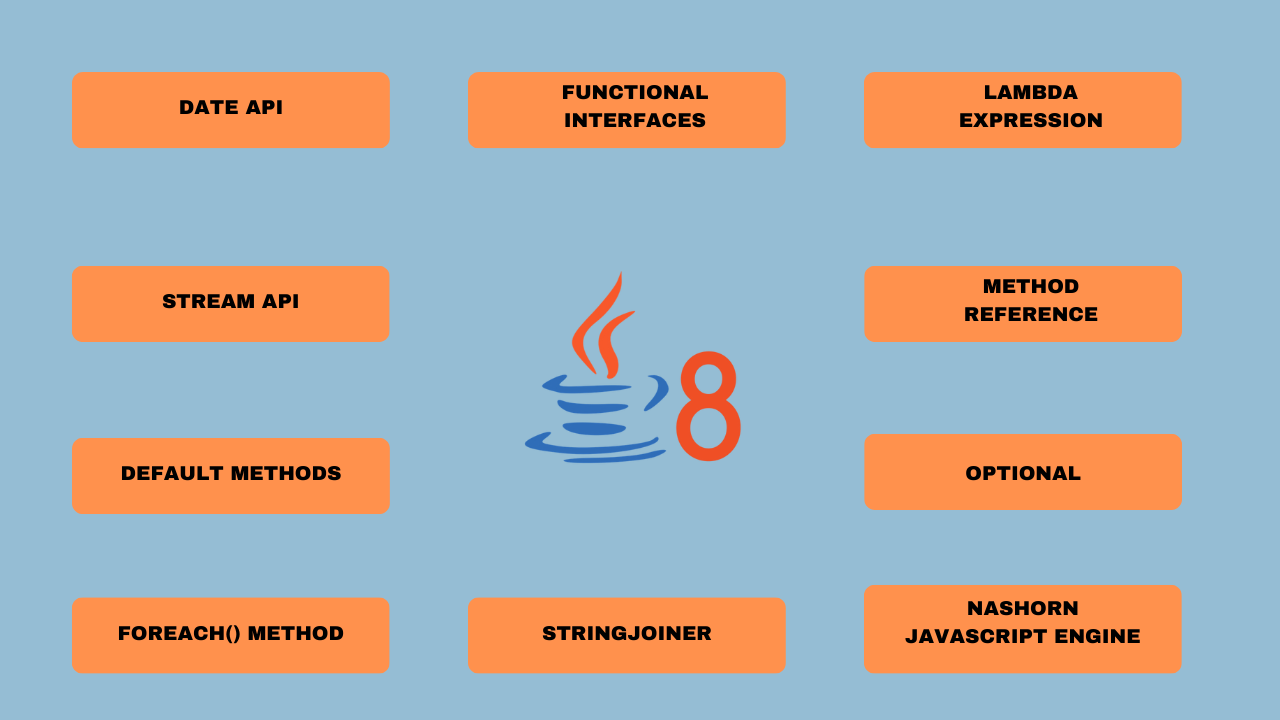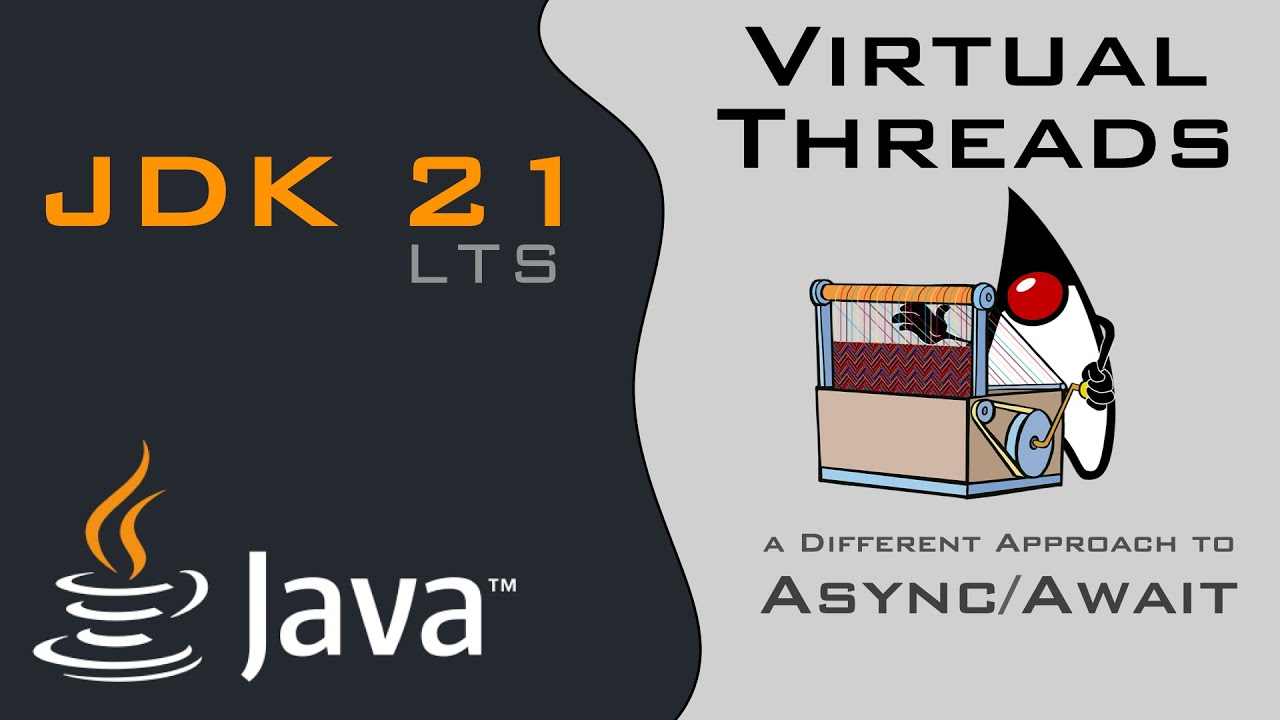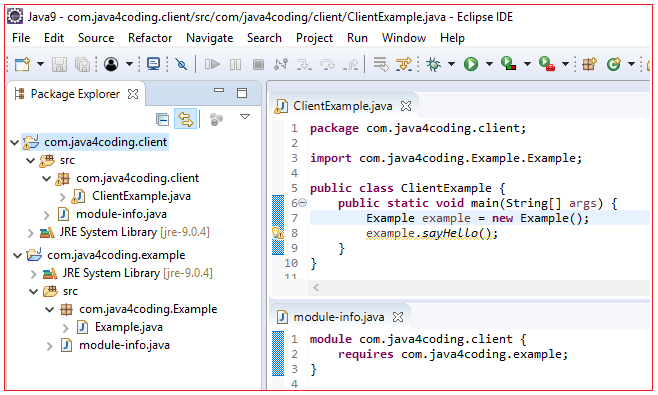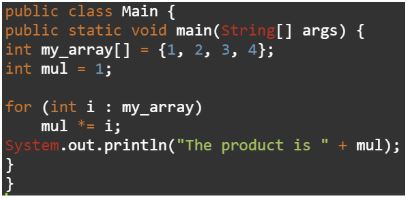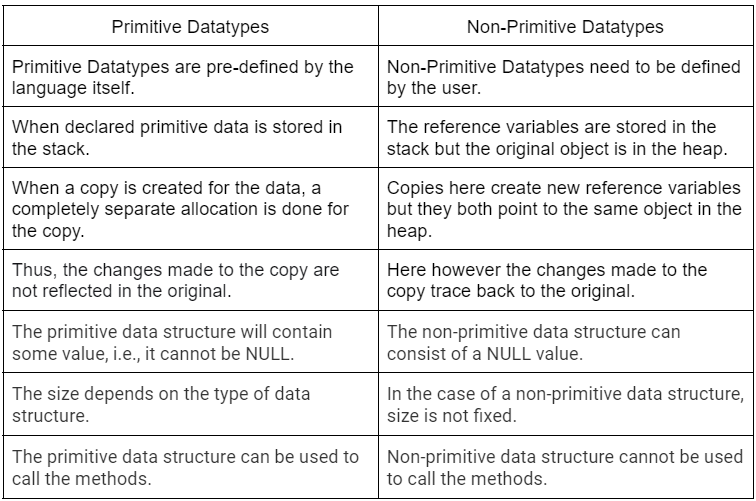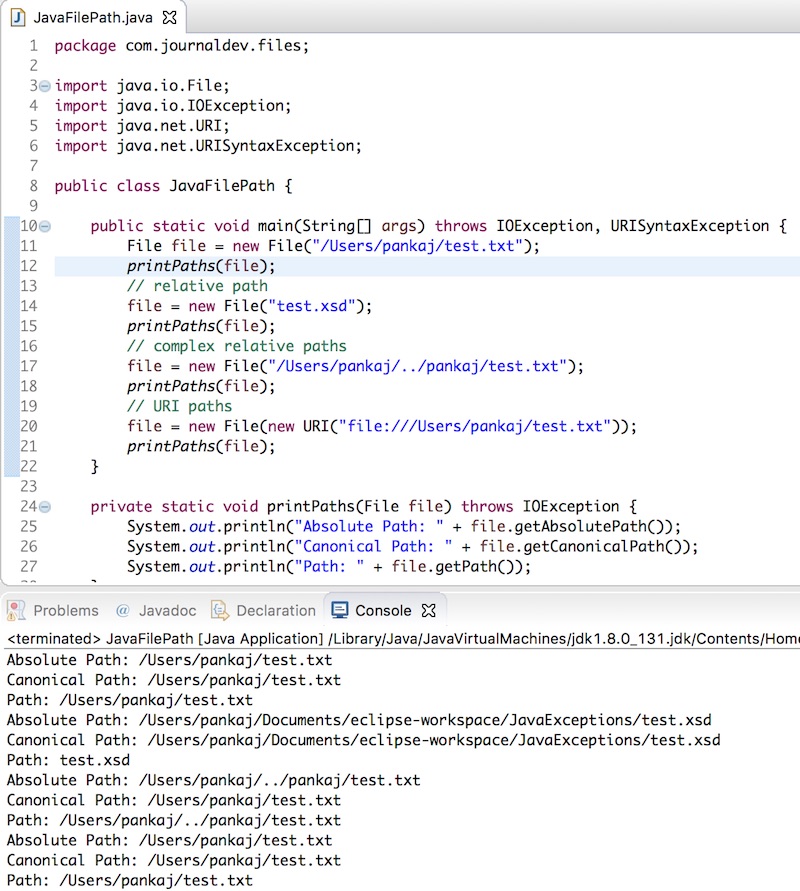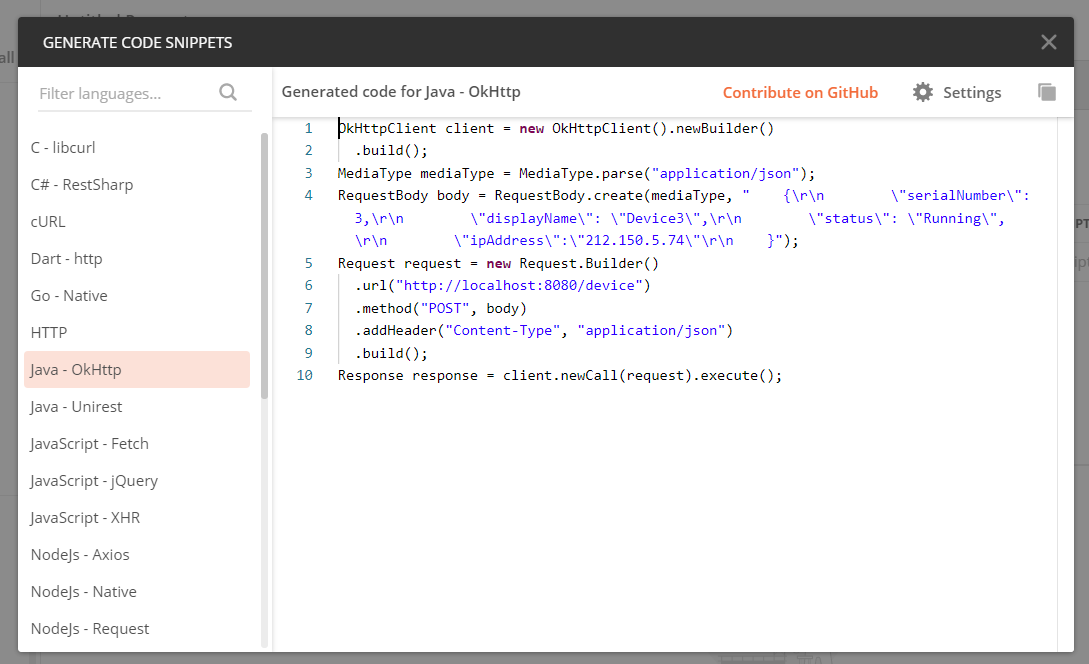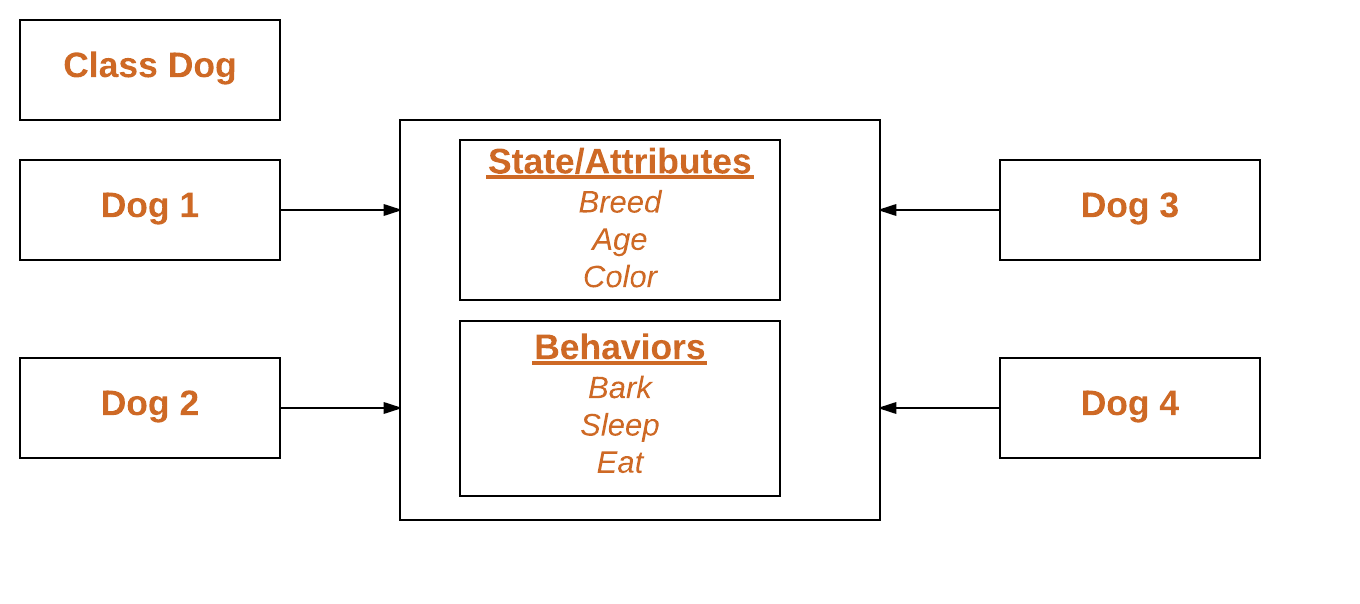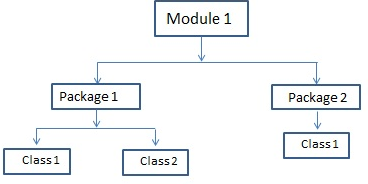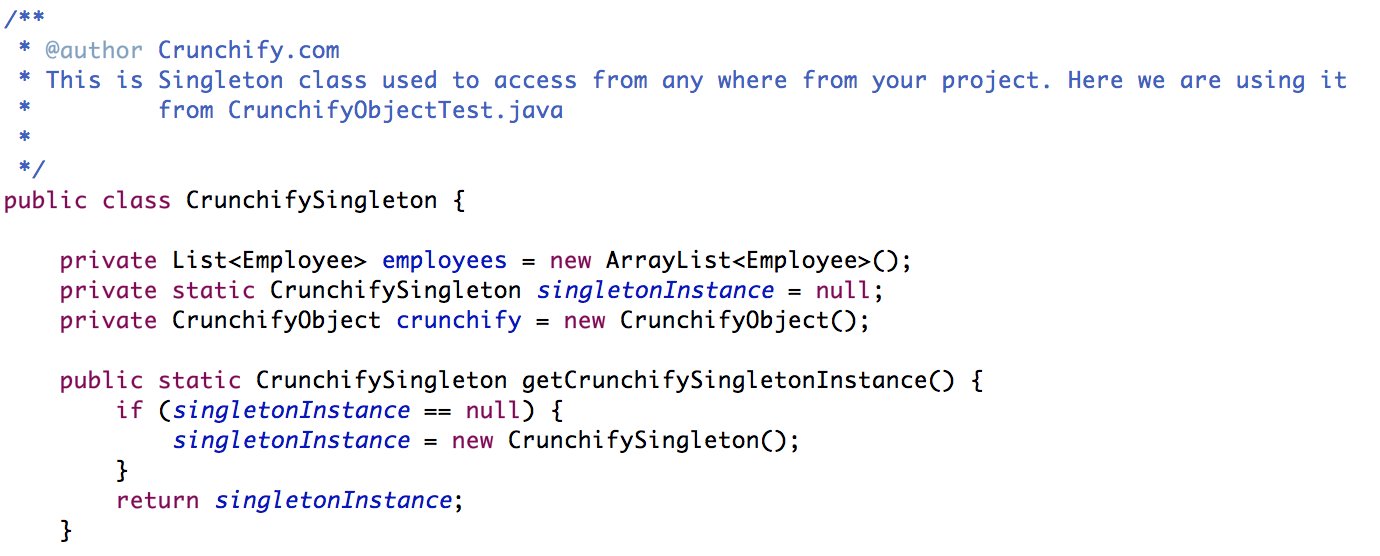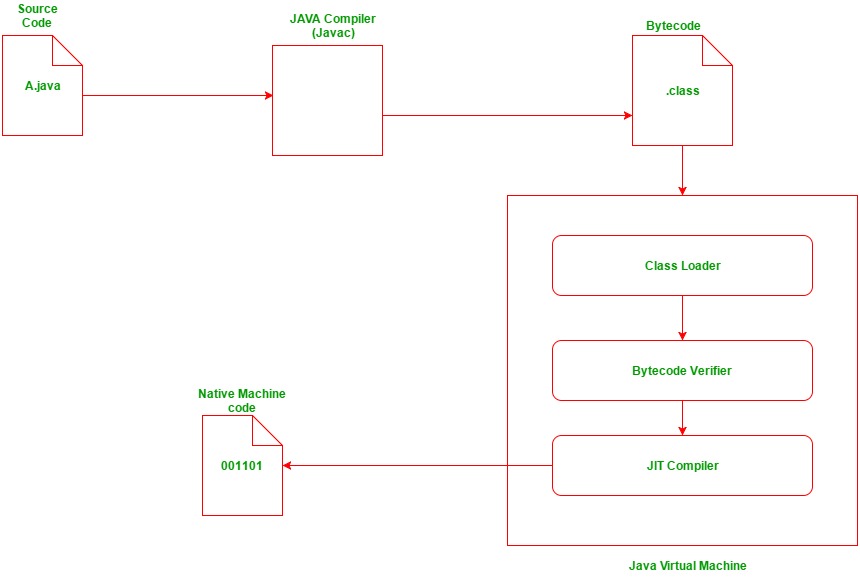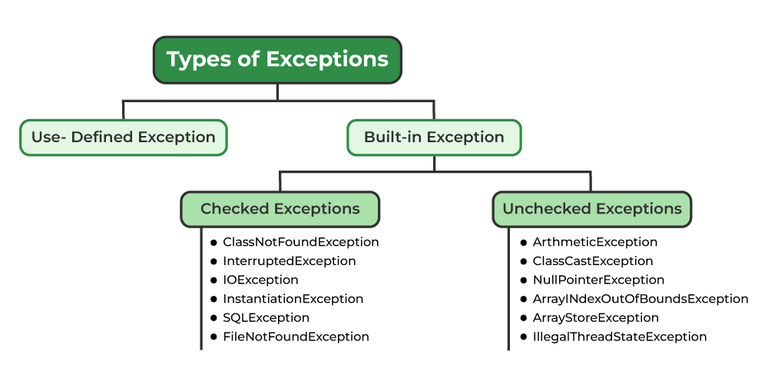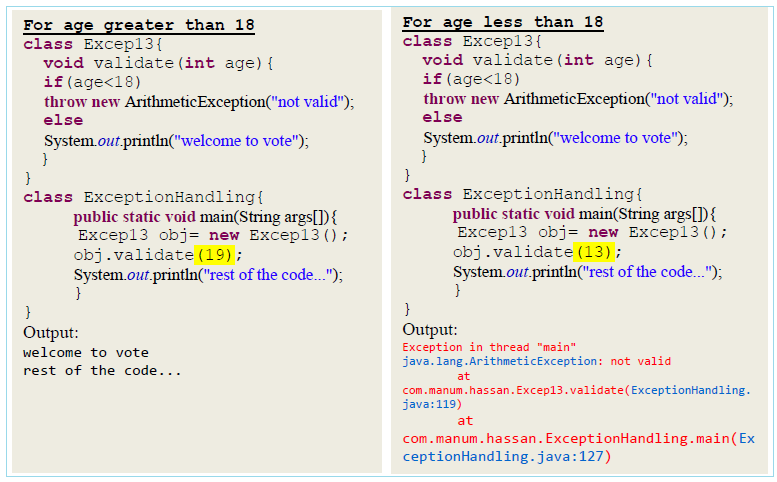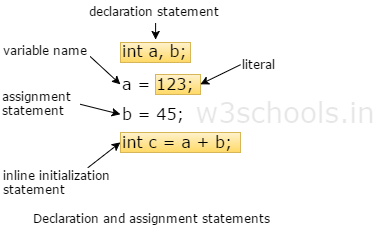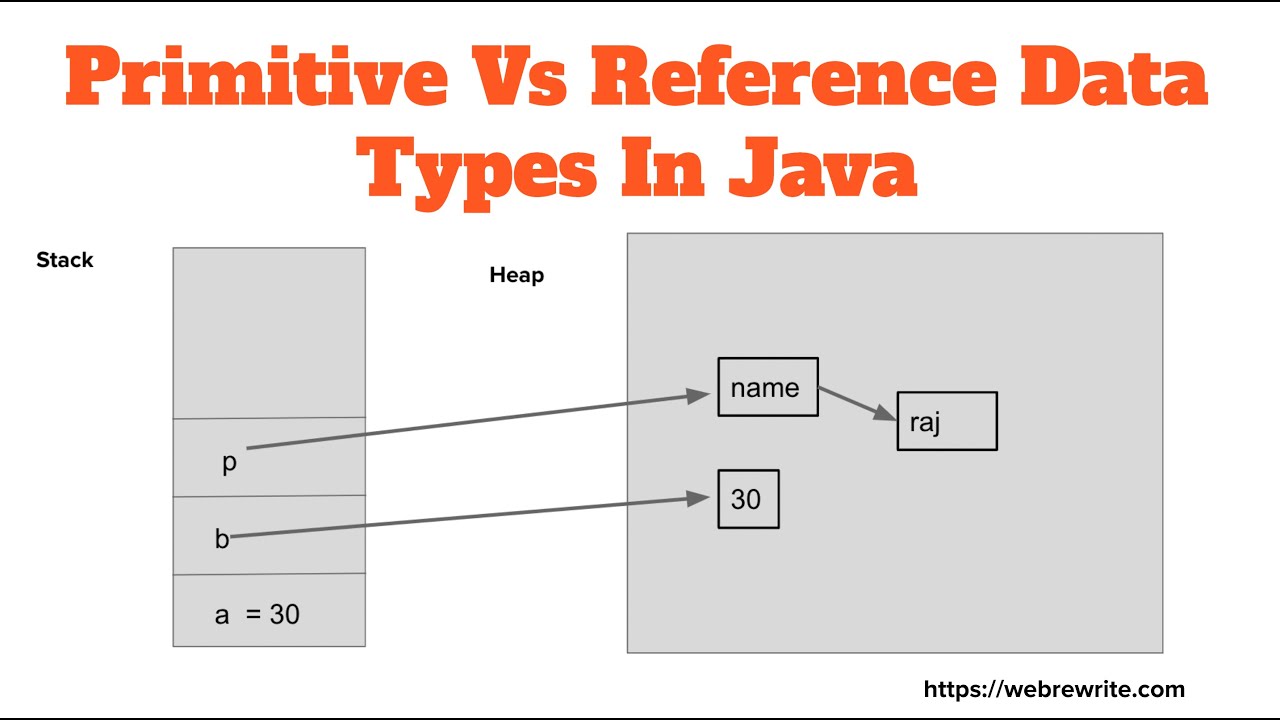Class method Java
Class method Java
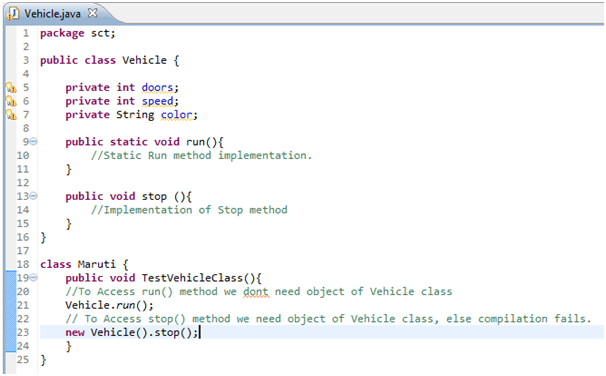
I'd be happy to respond in English and provide a detailed explanation of the Class method in Java.
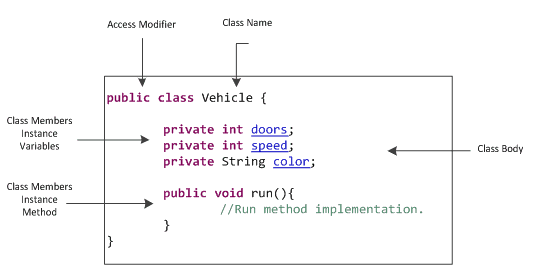
What is a Class Method?
In Java, a class method is a block of code that can be associated with a class rather than an instance of the class. A class method is essentially a static method that belongs to a class, meaning it does not operate on any instance data and can be called without creating an instance of the class.
Declaring a Class Method
To declare a class method in Java, you use the static keyword along with the public, private, or protected access modifier. For example:
public class MyClass {
public static void myMethod() {
// method implementation goes here
}
}
In this example, myMethod() is a class method that can be called without creating an instance of the MyClass class.
Calling a Class Method
To call a class method, you simply use the class name followed by the dot notation and then the method name. For example:
MyClass.myMethod();
This will execute the myMethod() method without creating an instance of the MyClass class.
Advantages of Class Methods
No Instance Required: Since class methods do not operate on any instance data, you don't need to create an instance of the class to call the method. Singleton Pattern: Class methods can be used to implement the Singleton pattern, where only one instance of a class is allowed. Utility Methods: Class methods are useful for implementing utility methods that do not depend on any instance data.Disadvantages of Class Methods
No Access to Instance Data: Since class methods do not operate on any instance data, you cannot access or modify instance variables from within the method. Limited Flexibility: Class methods are inherently less flexible than instance methods, since they do not have access to instance data.Real-World Example of a Class Method
A classic example of a class method is the Math class in Java, which provides various mathematical functions like sin(), cos(), and sqrt() that can be called without creating an instance of the Math class. For example:
double result = Math.sqrt(16);
In this example, the sqrt() method is a class method that takes a double value as input and returns the square root of that value.
Conclusion
Class methods in Java are a powerful tool for implementing utility methods or Singleton patterns without requiring an instance of a class. While they have some limitations compared to instance methods, they can be very useful in specific situations. I hope this explanation has helped you understand more about class methods in Java!
Java main class example w3schools
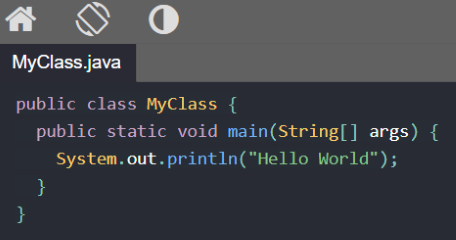
Here's an example of a simple "Hello World" program in Java using the main class:
public class HelloWorld {
public static void main(String[] args) {
// Print out a message to the console
System.out.println("Hello, World!");
}
}
In this code, we have a single public class called "HelloWorld" that contains a single public method called "main". This is because Java requires a special method called "main" to be present in order for the program to start executing. The "String[] args" parameter passed to the main method represents command-line arguments, which are not used in this simple example.
Let's break down what each part of this code does:
public class HelloWorld { declares a new public class called "HelloWorld". public static void main(String[] args) { defines the entry point for your Java program. It's where your program starts executing when it runs. The public keyword means that any other Java program can access this method, and static means that you don't need to create an instance of the "HelloWorld" class in order to use it. The (String[] args) part defines the parameters that are passed to the main method. System.out.println("Hello, World!"); prints a message to the console. This is a basic operation in Java programming that allows your program to output text and other data.
Here's how you can run this code:
Install a Java Development Kit (JDK) on your computer, if you haven't already. Open up an Integrated Development Environment (IDE), such as Eclipse or IntelliJ IDEA. Create a new Java project within the IDE and add the above code to it. Run the program by clicking on the "Run" button in your IDE. You should see the message "Hello, World!" printed out in the console window of your IDE.Remember that Java is an object-oriented programming language, which means that you can create objects of different classes and have them interact with each other. This code is a very simple example of what you can do with Java programming - it's just a single class that prints out a message to the console.
